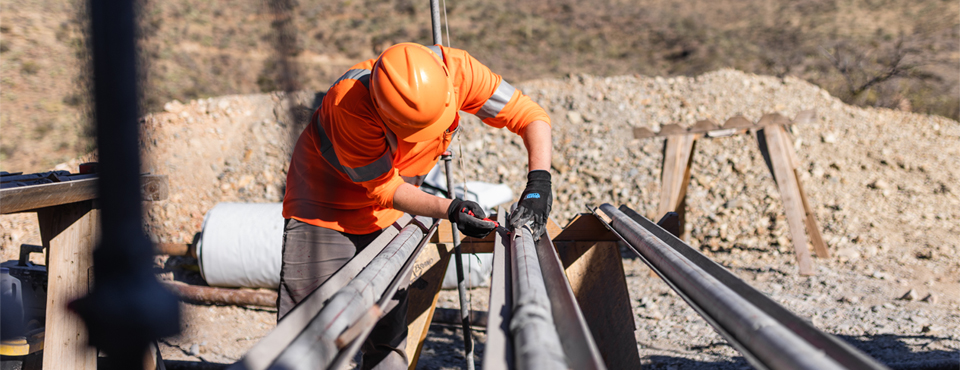Cyclone nears Australia’s west with heavy winds, risk of storm tide
A tropical cyclone expected to hit Western Australia on Saturday was forecast to bring ferocious winds and a potentially dangerous storm tide, while much of the bushfire-battered east coast faced flood warnings due to torrential rains.
Severe tropical cyclone Damien was expected to make landfall on the west coast near Port Hedland, the world’s largest iron ore port, on Saturday afternoon. The ports had been cleared of vessels ahead its arrival.
At 1 p.m. AWST (0500 GMT), Damien was a Category 3 storm, expecting to bring winds with gusts up to 220 kilometres per hour (134 miles per hour) near its centre when crossing the coast later on Saturday, the Bureau of Meteorology in Western Australia said.
Residents of some coastal areas were urged to seek shelter.
“Residents between Dampier and Whim Creek, including Dampier and Karratha, are warned of the potential of a very dangerous storm tide as the cyclone centre crosses the coast,” the agency said on its website.
“Tides are likely to rise significantly above the normal high tide mark with damaging waves and very dangerous flooding.”
Sparsely populated Western Australia was also facing several severe fire warnings with hot temperatures expected in most of the state.
After months of destructive wildfires that have razed millions of hectares of land, Australia has been hit in recent weeks by wild weather that has brought heavy downpours, hail storms and heat waves.
New South Wales, an east coast state where nearly a third of Australia’s population lives, saw some areas drenched by the heaviest rainfall in almost 20 years by Saturday, with severe weather and flash flood warnings.
“Potentially we haven’t seen anything like this since the late 1990s,” Bureau of Meteorology acting New South Wales manager Jane Golding said at a news conference.
There were still more than 40 active fires in New South Wales on Saturday, half of them yet to be contained, but fire services said the downpours, which are expected to continue into next week, may dampen them.
(By Lidia Kelly; Editing by Cynthia Osterman and Kenneth Maxwell)
More News
{{ commodity.name }}
{{ post.title }}
{{ post.date }}

Comments